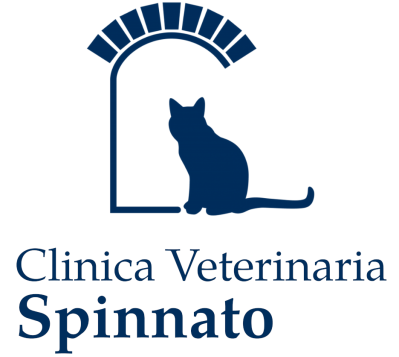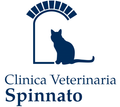| It cures hyperthyroidism, the cat recovers |
It does not cure hyperthyroidism, the cat does not recover. The tumour continues to grow and can become malignant |
| A single administration cures 97% of cases |
Daily administration of the drug for life |
| Very rare side effects |
Adverse effects, including serious ones, in 25% of cats |
| Destroys thyroid tumours regardless of their size or location (such as ectopic intrathoracic tumour tissue) |
The thyroid tumour continues to grow, requiring constant dose adjustments. Over time, it no longer controls the tumour |
| High-dose radioactive iodine can destroy invasive and metastatic thyroid carcinoma |
Long-term therapy does not halt the thyroid tumour, which can become malignant and metastasize |
| It is the only effective therapy for cats with thyroid carcinoma |
Not effective in cats with thyroid carcinoma |
| Renal hypertension and proteinuria are resolved, and the progression of kidney disease associated with hyperthyroidism is halted |
Renal hypertension and proteinuria persist if the disease is not controlled. Persistent renal hypertension can cause the progression of kidney failure |
| Longer survival |
Shorter survival |
| Economically convenient because it cures the cat |
Long-term medical therapy will result in treatment costs similar to those of radioactive iodine therapy. The difference is that in the end, the therapy will no longer control the disease |








